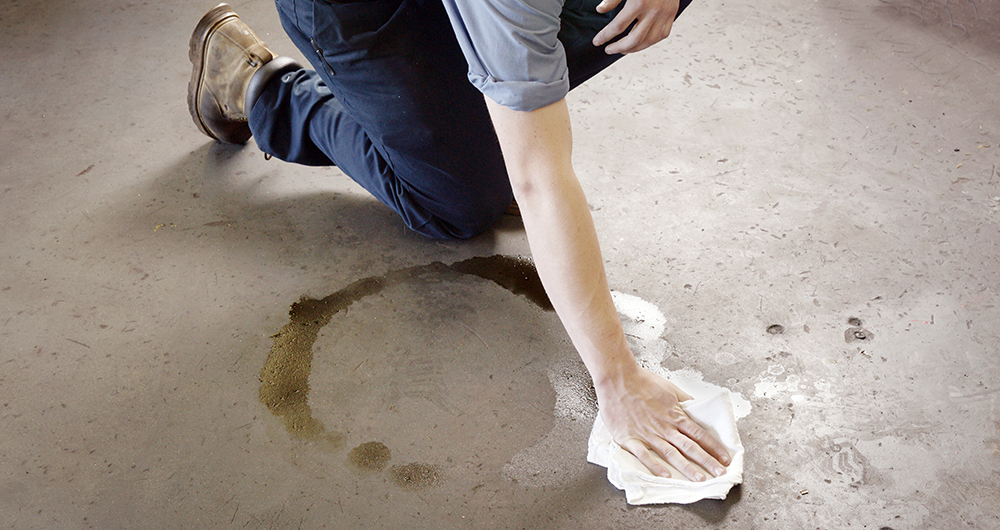POLLUTION (NON?) EXCLUSIONS
Divergent rulings undermine their application
Ambiguity is a slender reed to rely on for protection. It’s time
to revisit the distinction between environmental pollution
and spills of hazardous substances in the course of work.
By Joseph S. Harrington, CPCU
If you find this blog post to be irritating, then it becomes an “irritant.” If this irritating post could harm you physically—perhaps, say, by inducing a migraine headache—would a liability insurer invoke a pollution exclusion to deny coverage?
Sound absurd? Insurance agents and brokers know where this is headed. Pollution exclusions have been invoked to deny coverage for claims that don’t seem to involve pollution as commonly understood.
Pollution exclusions were introduced in the 1970s to allow insurers to avoid footing the bill for years of careless but deliberate dumping of toxic substances, but the original exclusions preserved coverage for “sudden and accidental” spills. Then, in the face of relentless pressure to pay for pollutant cleanup, insurers later developed “absolute” pollution exclusions to avoid any potential exposure to pollution claims.
Over succeeding decades, pollution exclusions have been cited to deny coverage for damage and injury caused by, among other things, the application of substances within enclosed areas for their intended purpose, as discussed previously in Coverage Concerns.
Ambiguity over clarity
Given how some carriers have come to apply pollution exclusions, agents and brokers may have chuckled to learn that the Rhode Island Supreme Court ruled in January 2023 that an “absolute” pollution exclusion was ambiguous, and thus unenforceable, because of divergent rulings over the meaning and application of common terms in them.[1]
Quoting one of its own opinions from 2000, the court cited case law stating that “diversity of judicial thought as to the meaning of terms in an insurance contract is proof positive of ambiguity.” So, in this case, the cumulative effect of litigation was to confuse rather than clarify.
A year before the Rhode Island ruling, the Mississippi Supreme Court held that a pollution exclusion was ambiguous because the policy definition of “pollutant,” which included any “irritant or contaminant,” did not define those two terms.[2] An almost universally used exclusion was rendered unenforceable because a definition did not define two of its own terms.
In the Rhode Island case, the claim (against an HVAC contractor) was limited to damage to a basement and personal property caused by an accidental oil spill; the claim did not involve contamination outside the home. In the Mississippi case, the claim arose from an explosion that killed a worker during work at a facility.
In both cases, the losses resulted from circumstances insureds and their producers would regard as premises and operations occurrences directly connected to insured operations, and not situations where someone is contaminating the natural environment. However, that’s not why the supreme courts in these cases found coverage.
Ambiguity is a slender reed to rely on for protection. It’s time to revisit the distinction between environmental pollution and spills of hazardous substances in the course of work. For all involved, let’s insure or exclude those exposures on the basis of clear, unambiguous provisions applied logically and consistently.
[1] Regan Heating & Air Conditioning v. Arbella Prot. Ins. Co., 2023 R.I. LEXIS 6 (R.I. 2023)
[2] Omega Protein, Inc. v. Evanston Ins. Co., Case No. 2020-CA-01097-SCT, 2022 WL178171, at *1 (Miss. Jan. 20, 2022).
The author
Joseph S. Harrington, CPCU, is an independent business writer specializing in property and casualty insurance coverages and operations. For 21 years, Joe was the communications director for the American Association of Insurance Services (AAIS), a P-C advisory organization. Prior to that, Joe worked in journalism and as a reporter and editor in financial services.





